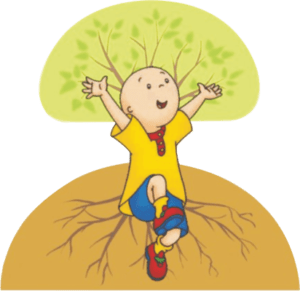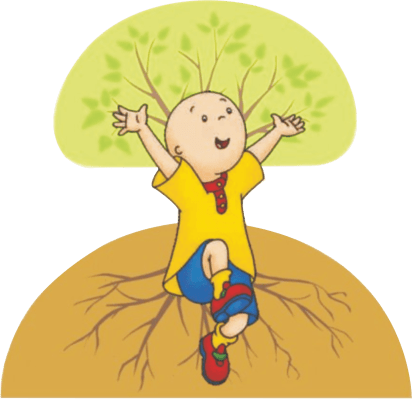Epilepsy General
What is epilepsy?
Epilepsy, or seizure disorder, is a general term for a number of different conditions. A child is diagnosed with epilepsy if he or she has two or more unprovoked seizures. “Unprovoked” means that the seizures were not caused (provoked) by an acute illness, fever, or head injury.
What is a seizure?
A seizure is caused by a sudden electrical disturbance in the brain. Because the brain controls the body, this disturbance affects the body. Seizures look different in different people, depending on where the seizure happens in the brain:
- A child with absence seizures can look like he is daydreaming or “spacing out” for a couple of seconds.
- A child with simple partial seizures may hear a sound that isn’t there, or may twitch in just one arm.
- A child with tonic-clonic seizures will fall to the floor and convulse.
- A child having a seizure may lose consciousness, or she may be aware of her surroundings and able to talk.
Seizures may be caused by an injury, a tumour, a scar, or a tangle of blood vessels in the brain. Often, though, seizures have no apparent physical cause. The brain looks completely normal on an MRI or a CT scan. This is often the case in children.
Having one seizure does not mean your child has epilepsy. Half of children who have one seizure never have another. But a second seizure means it is much more likely the child will have more seizures. So treatment is usually considered at this point.
Some forms of epilepsy are easily treated with medication. Others may respond to a special diet. Others may need surgery. One child may respond well to a medication that doesn’t work at all for another child.
Treatment of epilepsy
The first choice of treatment is usually medication. For most children with epilepsy, the first medication that is tried will control their seizures. However, if medication does not control the seizures after a reasonable trial period, your child’s doctor may suggest changing medications or adding another medication.
Some children still have seizures even after trying two or more different medications or a combination of medications. If this happens, your child’s doctor may suggest surgery (an operation). With epilepsy surgery, a surgeon removes or disconnects the part of the brain that is generating the seizures. All children with epilepsy that cannot be controlled with medication should be considered for surgery.
If medication does not work and surgery is not a good option, the doctor may consider another kind of treatment, such as a special diet called Ketogenic diet or epilepsy surgery.
Goals of treatment
The goals of treatment vary depending on:
- The epilepsy syndrome
- How often your child has seizures and how severe they are
- The treatment options that are available
- The age of your child
The primary goal of treatment could be:
- complete elimination of seizures
- having less intense seizures, less often
- some reduction of seizures, balanced with minimal side effects
Other goals of treatment could include:
- normal development
- improvements in learning and behaviour
- independent living in the future
Treatment goals may change over time as your child and his condition are better understood, his clinical situation evolves, and advances make new treatment options available.
You should decide about treatment in consultation with your child and your child’s doctor or treatment team. Explain the treatment options to your child using words that he can understand. This may help him feel less anxious, more cooperative, and more in control.
Epilepsy can cause problems with learning and behaviour
Medication or surgery is only one part of epilepsy treatment. Seizure control is the first step in treatment, but not the only step. Even when seizures are well controlled, children with epilepsy may still have problems with self-esteem, learning, behaviour, or social adjustment. Work with the treatment team to address problems like these as they arise.
What to expect in the future
Some children become seizure-free when they grow up. Others will have to take medicine to prevent seizures all their lives. Ask your child’s treatment team what to expect in your child’s case.
Are Seizures painful?
- Some children experience pain as part of a simple or complex partial seizure. Ask your child if his seizures are painful.
- While a child is having a tonic-clonic seizure, he may cry out, fall to the ground, and convulse. This is frightening to watch, but he is not aware of it.
- When the seizure is over, some children say that their head or stomach hurts or their muscles ache. If a child hits his head or bites his tongue during a seizure, this can hurt as well.
- You can ask your child’s doctor or nurse if it is okay to give your child acetaminophen or ibuprofen after a seizure for any aches and pains.
Key points
- A seizure is caused by an electrical disturbance in the brain. Seizures look different in different people.
- If a child has two or more unprovoked seizures, he is diagnosed with epilepsy.
- Most children’s seizures can be controlled with medication. Other treatment options include Ketogenic diet and resistant cases epilepsy surgery.
More information about epilepsy:
Epilepsy.org.uk

